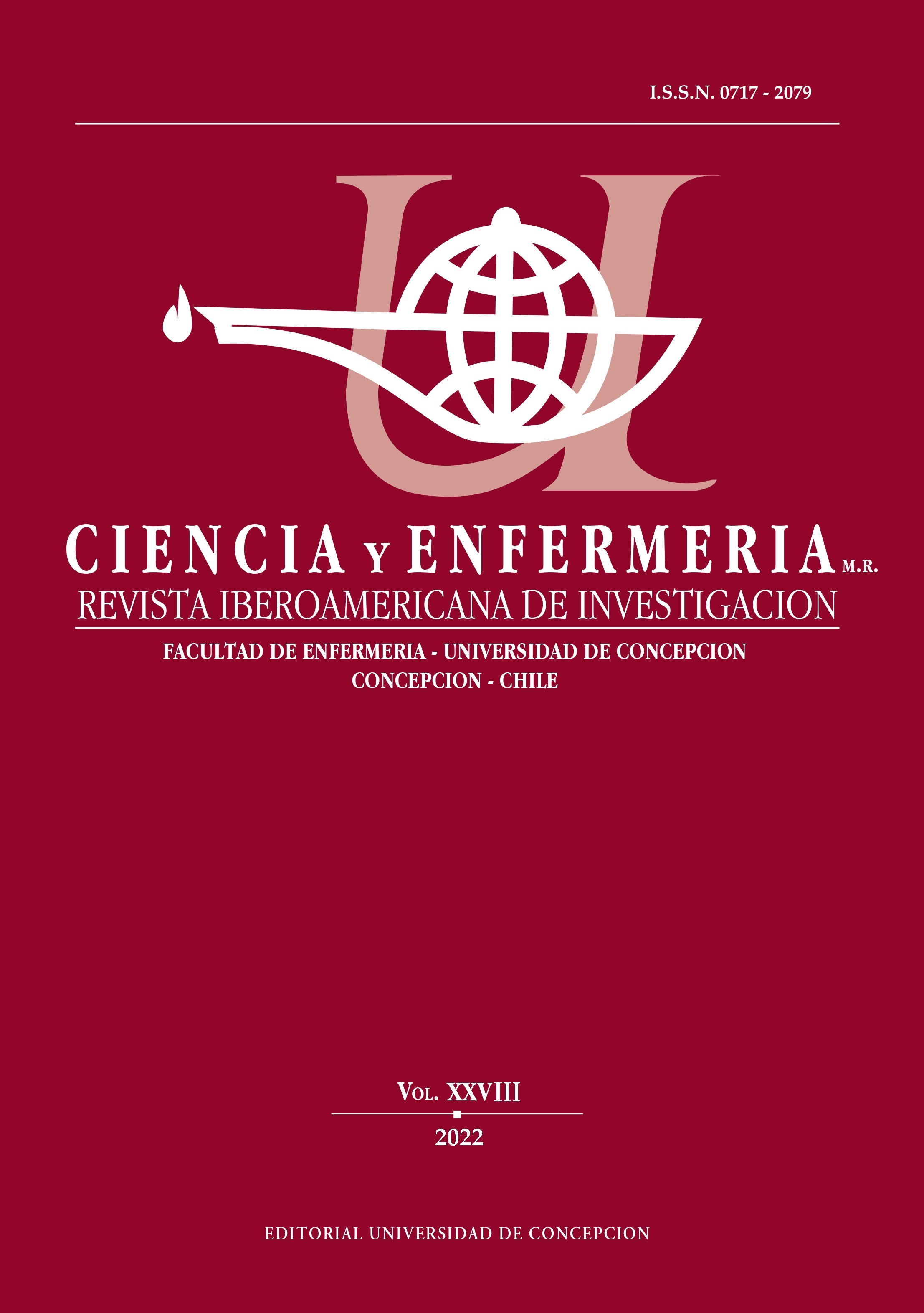MECHANICAL AND CHEMICAL FACTORS IN HOSPITALIZED ONCOLOGY PATIENTS WITH PHLEBITIS
DOI:
https://doi.org/10.29393/CE28-12FMMM60012Keywords:
Phlebitis, Prevention and control, Hospitalized cancer patientsAbstract
Objective: To identify the mechanical and chemical factors present in oncological patients with phlebitis hospitalized in a high-complexity public facility, in Lima-Peru; describe the most frequent invasive techniques practiced in hospitalization processes and the trends of the last 5 years. Material and Method: Quantitative, observational, retrospective approach, with a total population of 295,151 (from 2016-2020), of which 298 cancer patients had phlebitis, but only 282 had complete records assessed by oncology nurses according to Maddox scale, which consists of 16 items containing mechanical and chemical factors. The instrument was validated by experts and had a binomial validity of 0.7 and a KR-20 reliability of 0.8. Data analysis was performed using descriptive statistics, binomial test and Chi-square. Results: Show the highest incidence in degrees of phlebitis II, III and I. Regarding the mechanical factor, non-sterile material, the place of insertion of the catheter in the ulnar, radial and cephalic areas and the permanence time of less than 72 h occur more frequently. The chemical factor is associated with the use of antibiotics such as Vancomycin and the combination of Meropenem/Vancomycin, the use of vesicant and non-vesicant cytostatic agents, as well as the analgesic Ketoprofen followed by the combination of Ketoprofen and Tramadol and the use of Ranitidine and an antiulcer protector. Conclusions: Both mechanical and chemical factors affect the insertion site. Nurses should receive training in preventive actions to reduce or mitigate complications in the healthcare setting. It is also necessary to promote good practices in the therapeutic administration with this type of patients.
Downloads
Published
How to Cite
Issue
Section

This work is licensed under a Creative Commons Attribution 4.0 International License.













